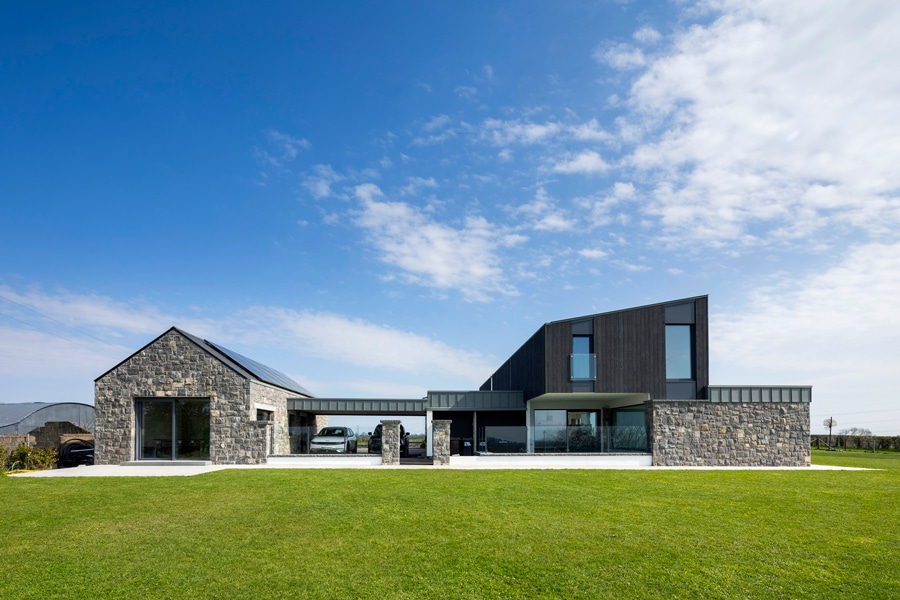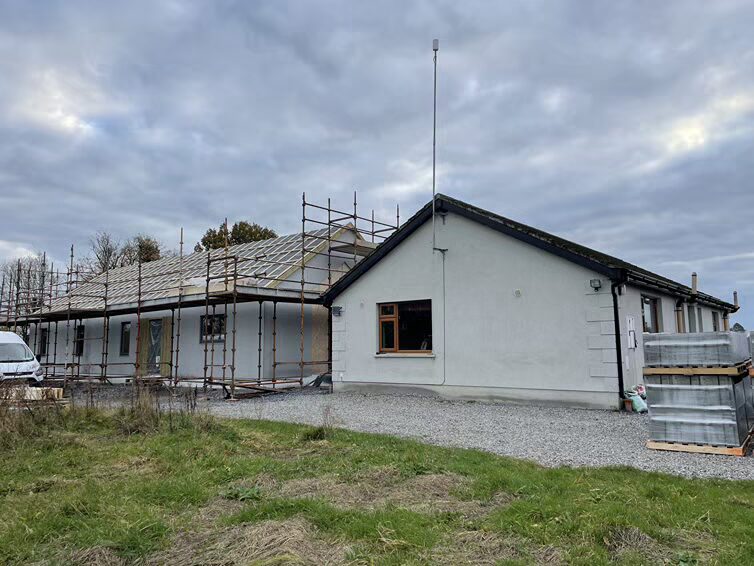The Energy in Northern Ireland 2018 report shows that in 2017, NI domestic customers had the lowest average unit cost for electricity. Based on an annual consumption figure of 3,800kWh/year, NI had the lowest average annual electricity bill of all 15 UK regions.
Electricity costs were 48 per cent cheaper in NI than ROI and 16 per cent cheaper in NI than the rest of the UK.
This is in stark contrast to 2015 when NI had the highest unit costs for Direct Debit customers and the third highest overall unit costs of any UK region.
In 2016 the average electricity energy consumption per ROI dwelling stood at 4,600kWh/year (p45 of the Sustainable Energy Authority of Ireland – SEAI – Energy in the Residential Sector 2018 report).
However between 2014 and 2017, NI had the highest weekly expenditure on energy in the UK, 18 per cent higher (at £27.80 per week in the period 2014-2017) compared to the UK average of £23.60.
The apparent contradiction between lowest electricity costs and highest energy bills seems to be due to the two time frames (2017 for electricity prices and 2014-2017 for expenditure), also the data for expenditure is based on sample households.
There is also NI’s heavy reliance on heating oil:
Oil is the dominant heating fuel in both NI and ROI rural areas, with two thirds of households using the fossil fuel for central heating.
In both NI and ROI gas-heated dwellings are most common in urban areas and quite rare in rural ones. It is worth noting that the proportion of dwellings in NI with gas central heating has risen, overall, from 4 per cent in 2001 to 17 per cent in 2011.
Two fifths of all weekly energy expenditure in NI was on ‘other fuels’ such as home heating oil, coal etc., compared to only 6 per cent for the UK as a whole.
In ROI , the SEAI report points out that data from the 2016 census suggests that there was some shift from oil to solid fuel heating systems between the 2011 and 2016 census in rural areas. The majority of oil-fired dwellings are located in rural areas where there may be greater opportunity for fuel switching to solid fuels.
The NI report, based on the 2015-2016 Central Statistics Office’s Household Budget Survey, states that in ROI one third (34 per cent) of all weekly energy expenditure was on ‘other fuels’, still lower than the equivalent proportion for NI but almost six times that of the UK as a whole.
Similarly, expenditure on gas accounted for 19 per cent of all weekly energy spend in ROI, much higher than the proportion for NI (12 per cent) but less than half the proportion for the UK.





















